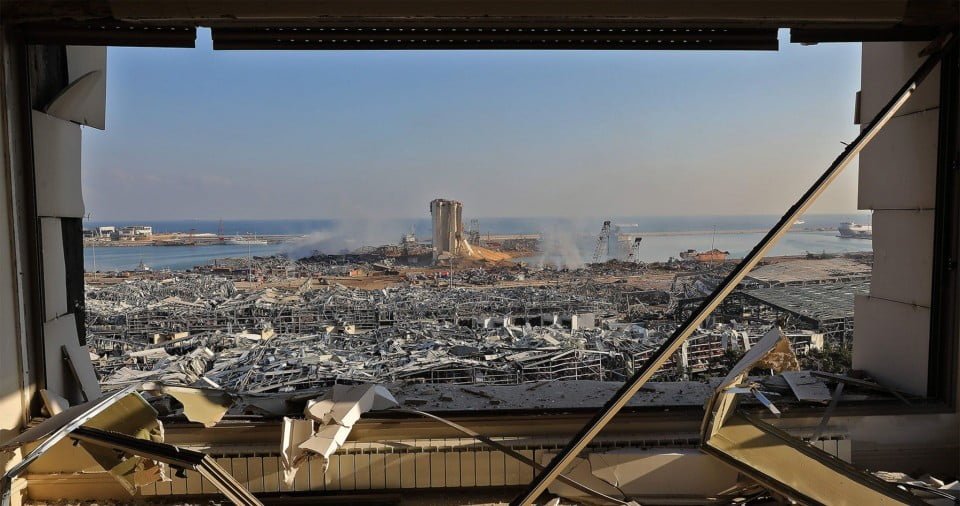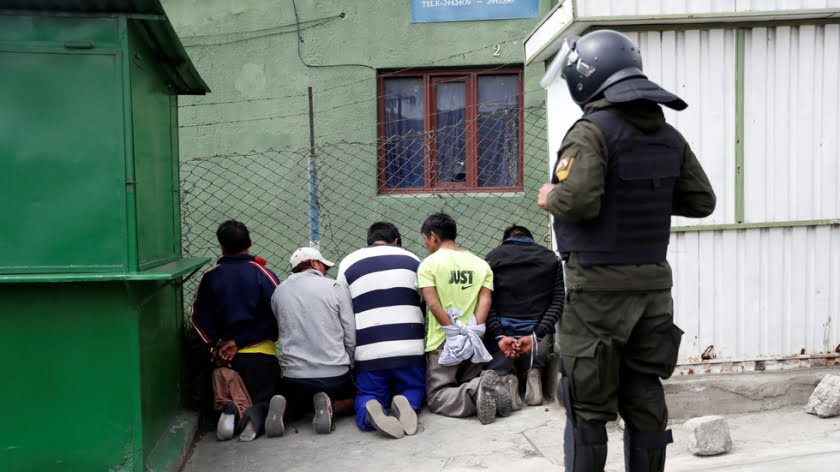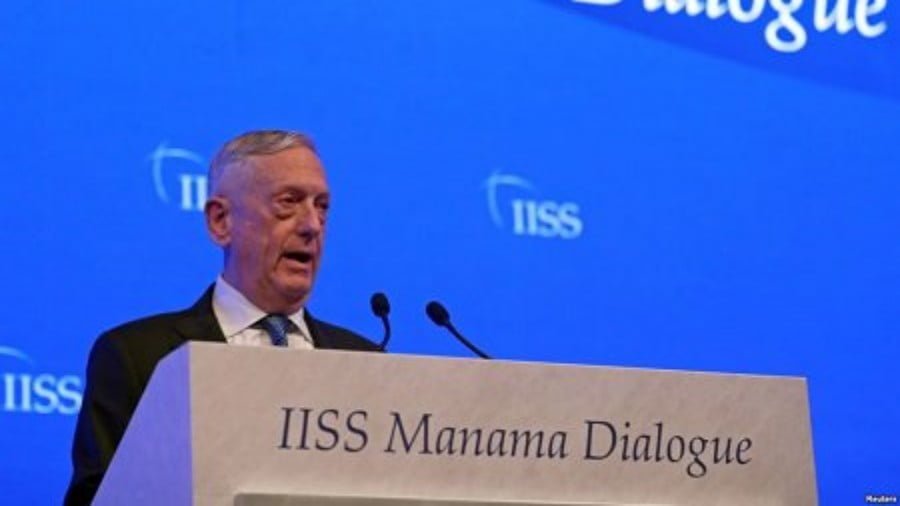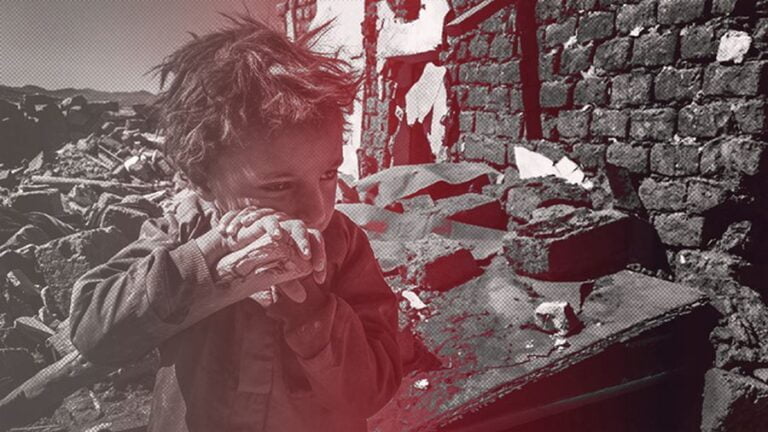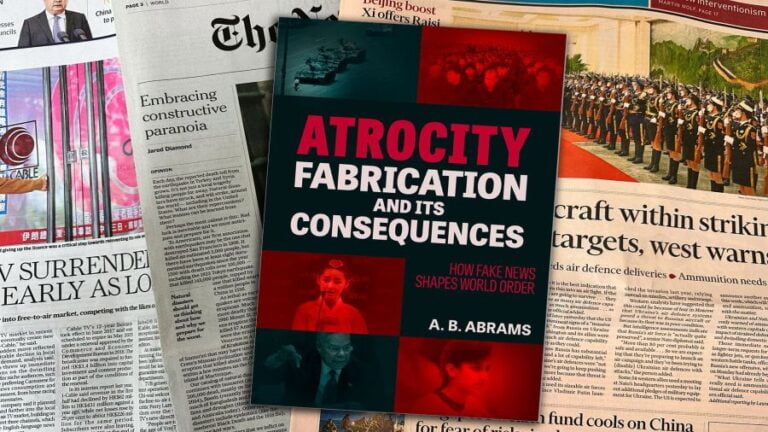The Beirut Port Explosion: A Comprehensive Analysis
On the evening of 4 August, there were two explosions in Beirut’s port area. The first was relatively small and was caused by ignited fireworks, which the fire brigade went to extinguish. Enormous clouds of smoke attracted a large number of onlookers, who caught the second explosion on camera. This one was like the detonation of a tactical nuclear device. The explosion was so powerful that all the buildings in the city’s business district and even the airport, which is in a different part of the city, were damaged by the blast wave.
By the evening of 5 August, the death toll had reached 135, with nearly 5,000 wounded. These are only official statistics, however. It is likely that there will be more exact figures to follow. Foreigners were among those killed and injured. According to a newspaper in Bangladesh, for example, four Bangladeshi nationals were killed and 101 wounded, including 21 members of the Bangladesh Navy who were in Lebanon as part of a UN mission.
It is known that an employee from the Russian Embassy in Lebanon was also injured in the explosion. Russia responded immediately, and the first plane arrived in Beirut the very next day loaded with rescue workers, doctors and special equipment.
The mayor of Beirut called the incident a national tragedy, and the Lebanese prime minister declared a period of mourning.
image
In the first few hours after the explosion, social media was full of suspicions about the US and Israel, which makes sense given the lengthy conflict between Lebanon and these countries.
The US publication Veterans Today paid attention to a strange object that was caught on camera in the air above the port’s warehouses before the second explosion. In addition, a radiation signature of the explosion received from a source in Italy showed a spike in radioactive activity. Some suggested that Israel (possibly together with the US) attacked Lebanon using a tactical nuclear weapon. Opponents of this theory argued that, in such a case, there would have been an electromagnetic pulse that would have shut down everyone’s mobile phones. But since the footage was taken from various angles, this proves that the compact nuclear warhead theory is untrue. The next assumption was the possible use of another type of warhead to detonate a large amount of saltpetre, which, by itself, cannot produce such an effect through ignition alone.
It is interesting that this theory was even mentioned on the US television channel CNN, when former CIA operative Robert Baer said that ammonium nitrate on its own cannot produce such an explosion.
An Iranian news agency also published information on the suspicious activity of four US Navy spy planes on the Lebanon–Syria coastline on the evening of 4 August. Israeli drones were also spotted over Beirut a few days before the incident. A week before, drones were also seen circling over south Lebanon, one of which crashed, according to Hezbollah. It should be mentioned that Lebanon does not have anti-aircraft capabilities, so Israel often uses Lebanese airspace to launch aviation attacks on Syria.
On the morning of 5 August, the official version of what happened was announced. Welding work was being carried out on Warehouse 12, sparks from which ignited the fireworks. After a while, the flames spread to the bags of ammonium nitrate, which then exploded. Altogether, the warehouse contained 2,750 tonnes.

The ammonium nitrate arrived at the port on board the Rhosus cargo ship, which was registered to Moldova. According to the paperwork, the cargo was being transported from the Port of Batumi in Georgia to Mozambique, but, in 2013, it stopped off in Beirut to take on additional cargo. The ship was subsequently banned from leaving. A Lebanese court held the ship and its cargo for the non-payment of port fees. The captain and several other crew members were also held for a long time, but were later allowed to leave by the authorities. Ever since, the cargo was being stored in warehouses at the port. Behind the whole story is a Russian citizen from Khabarovsk, Igor Grechushkin, who abandoned both the cargo and the crew to their fate. Grechushkin now lives in Cyprus. It goes without saying that the inclusion of any Russian businessman in the story (it doesn’t matter whether he was directly involved or just let himself get drawn in, attracted by the easy money) does yet more damage to Russia’s image generally, and in Lebanon in particular.
But this version is being refuted by a correspondent with the Al-Manar television channel, Ahmad Hajj Ali. He believes that the ammonium nitrate was destined for terrorist groups in Syria, and the cargo was being moved on behalf of the Arab monarchies of the Persian Gulf, which were acting under orders from Washington. This explains why the owner of the cargo was not found, even though it was worth such a large amount of money.
But then the question arises: why was such a large volume of this dangerous substance stored for so many years in a critically important transport hub and in such close proximity to grain silos and residential areas? The problem is that, in recent years, there has been no stable government in Lebanon. The country has been rocked by corruption scandals. Many of those in power abuse their positions. They are arrested and replaced, including by those who also love easy money and risk. The others are simply unable to control the situation.
It is quite possible that there were many other dubious products stored in the warehouses, such as chemical or nuclear waste. Chances are that this accounts for the spike in radioactive activity. In fact, sources in Beirut have stated that radioactive waste from Europe was previously buried in Lebanon in contravention of legislation. Local businessmen were paid huge amounts of money for this, but finding who is ultimately responsible will be very difficult.
The situation is exacerbated by political fragmentation and the presence of foreign agents in Lebanon from countries such as the Arab states to Israel and the US. Therefore, information regarding the exact location of such quantities of ammonium nitrate was not a secret to their intelligence agencies. If they had needed to carry out an act of sabotage, then this was the perfect situation to help cover their tracks.
And one could, of course, ask: who benefits from such a situation? The Lebanese port handles at least 70 per cent of the country’s imports. As well as the warehouses, stocks of medicines were also burned, some of which had come from Iran. Since Lebanon is also under strict sanctions and on the brink of bankruptcy, such a blow to its vital infrastructure effectively makes the country directly dependent on foreign donors.
The Israeli newspaper Haaretz has already predicted that Lebanon could face economic collapse and social uprisings, and the conservative Israeli media outlets have interpreted the explosion as a punishment from above and the fulfilment of the prophecies that foreshadow the Messiah’s arrival, that is, the false Christ, noting along the way that the Israeli armed forces could not have attacked Beirut.
Immediately after the explosion, French President Emmanuel Macron visited the country and effectively issued an ultimatum by hinting at a possible NATO intervention. At the same time, the social situation in Lebanon itself began to intensify. Protesters clashed with the police and army and took over the Foreign Ministry building and other government facilities. They were driven out a short while later, but the situation is far from normal. It seems that the protests, which have already been described as an attempt at yet another West-sponsored colour revolution, may top the news, while the explosion itself will simply serve as the trigger for an uprising.
Yet a detailed investigation into the cause of the explosion is essential. After all, a few days after the incident, Lebanese President Michel Naim Aoun stated that intervention by an outside force using a rocket or bomb was a possibility.

